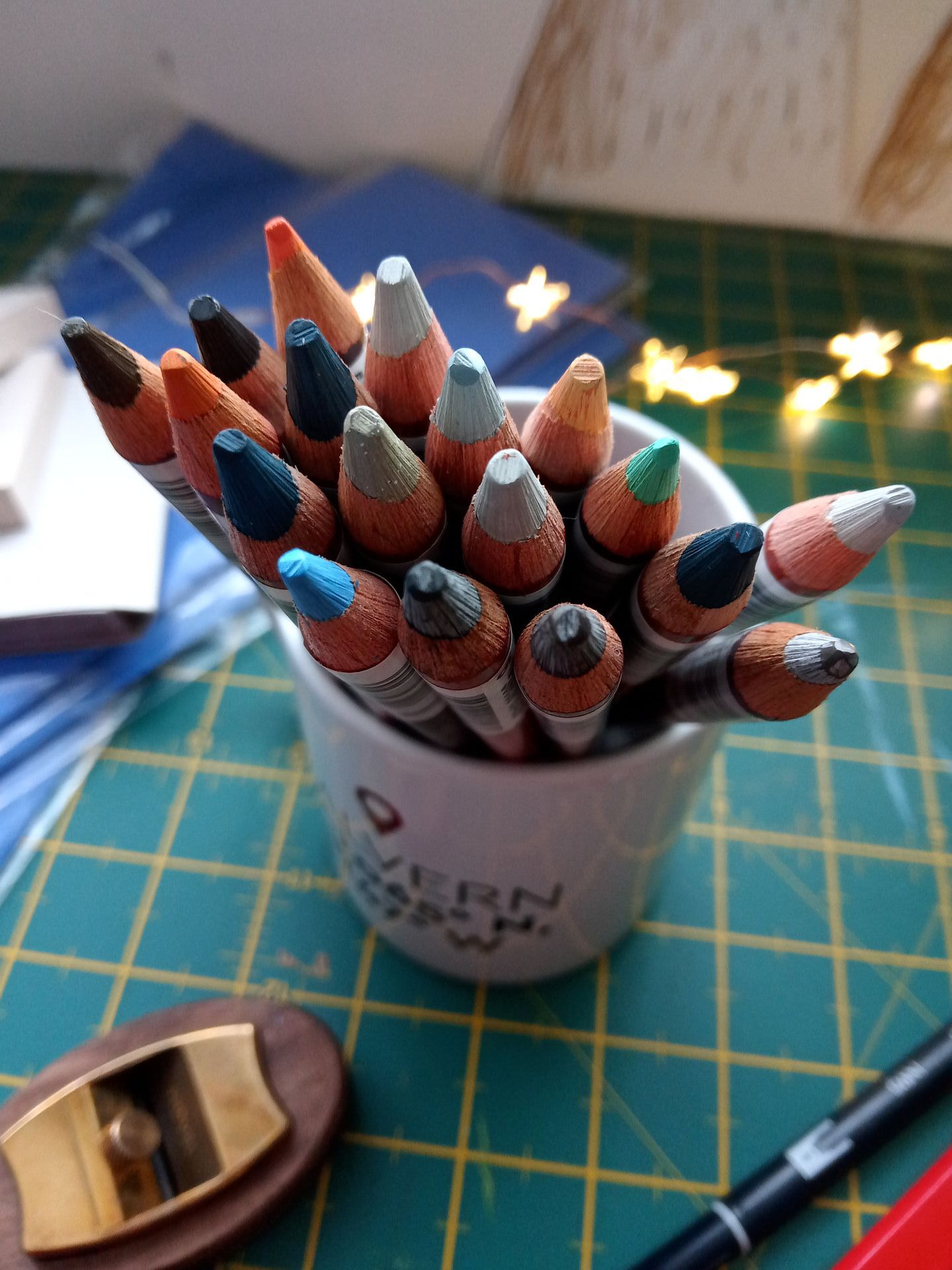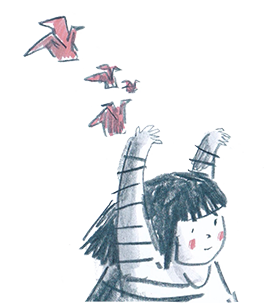
Wherever you look in art, there is science too.
In school, children learn from a young age to find differences between materials. This is often considered in science lessons but is just as useful in art lessons.
Do you want to use a waxy crayon, a wet watercolour or some smooth chalk which will be visible atop layers of paint and colour? Do you need to add more water to your paint? How does the amount of water change how the paint moves? These are all questions asked in art lessons, but they can all be answered using science.
Think of the question in a different way.
What makes a crayon waxy? How does paint turn from a solid to a liquid? How can we explain colour theory? The same questions, but not with a scientific answer.


